Numerous Jamaicans are sure are stunned at the thought that Artist are likely to get a career called Forensic Science artist. Truthfully art is a critical tool of almost if not all areas of life. Where Forensic Science is concerned Art is more than critical. Perhaps you knew of the work, but really never considered it being a highly technical area for artists to trod.

Let’s begin with an age old practice. You remember King Tutankhamun, seen the 3-dimensional bust of this young pharaoh, but perhaps never really gave much thought to all those reports about restructuring faces, make up and even constructions of pyramids. All involving the work of artists, skilled in other areas too like mathematics, science way before big names came about such as physical anthroplogists.
The Discovery Channel reports that, “Renaissance artists acted like plastic surgeons by changing the shape of noses, chins and jaws in their portraits.” (This discovered after studying the actual Medici skulls and comparing them to artistic renditions of the skulls’ possessors.) The article goes on to say what an invaluable tool this all is for Art Historians.
Today artists are involved in more ways than this when it comes to forensic science (definition below).
FORENSIC SCIENCE ART CAREERS:
While there is a career in reconstructing bodies and more from for example clay for sculptors, there are other careers such as being a forensic science photographer or even a forensic science sketch artist. A perfect blend of science and art, and sometimes mathematics.
FORENSIC SKETCH ARTIST
interviews witnesses and victims of crime, gathering information about the appearance of a suspect, and drawing a sketch to match that description. Computers sometimes are used. The post is usually part time or on a free lance basis, so the wage accordingly.
-
Qualifications
vary, but ONE MUST to be able to draw a detailed and accurate portrait or scene from imagination. From information, however limited provided, be able to draw accurately using correct perspective, accurately rendering three-dimensional objects, and using your imagination to reconstruct scenes.
- Other skills
needed are people skills, team player skills, and a strong stomach. See more on techniques and training of Forensic sketch artist At THIS LINK.
FORENSIC SCIENCE PHOTOGRAPHERS
are often the first, or second or third to turn up at crime scenes. They gather information for evidence or information mostly using their camera as the main tool.
- Qualifications of Forensic Science photographers
It is not necessary, but extremely helpful to have a formal training in photography. Most Forensic Photographers start as Crime Scene Investigators or Scene of Crime Officers and usually get hands on training in photography.
Generally, Forensic science photographers must be able to produce detailed recordings of all the available evidence at the scene, including overview photographs as well as accurate images of tire marks, fingerprints, footprints, blood spatters, bullet holes and other unique evidence at the scene. They must also be able to take detailed photographs of injuries sustained through accidents or assaults and may also be required to photograph dead bodies. Much of the work is routine, but photographing crime scenes and road traffic accidents, or visiting patients in hospital, can be emotionally distressing.
- Skills needed for forensic science photography
– a thorough grasp of photographic principles, particularly those involving non-standard techniques, such as high-intensity and low level aerial imaging, as well as an appreciation of the importance of their work.
– an eye for detail, and take a meticulous approach to image and data recording.
– be able to select and use the best equipment and techniques for the job in all environments and lighting conditions. Photographs must be correctly lit and exposed, have maximum depth of field, be free from distortion and be in sharp focus.
– Experience of digital imaging techniques is also desirable.
– a good grounding in police methods and conventions, and a sound understanding of anatomy.
– be able to methodically record the original scene and the initial appearance of physical evidence without the photograph appealing to the emotions of the jury or in anyway prejudicing the case.
– keep detailed records of exactly where photographs were taken, the type of camera and lenses, what stock the picture was taken on, and whether flash or artificial lights were used.
- Character of forensic photographers
Dedication and care are a must, although not always necessary in other, less objective, forms of photography.
People skills, tact, discretion, and the ability to interact becomes relevant when dealing with distressed victims of crime, and a wide variety of professionals including police officers, doctors, lawyers and court officials.
USEFUL LINKS
USA Forensic Art Certification Board at THIS LINK
Forensic artists in the news… sculptors and more at THIS LINK
Forensic science (often shortened to forensics) is the application of a broad spectrum of sciences to answer questions of interest to a legal system. More at THIS LINK
Forensics by definition is scientific tests or techniques used in the investigation of crimes SEE MORE HERE
UWI offers first degree in forensic science at THIS LINK
Forensic science by students at THIS LINK
Author Profile
- ... author, qualified & experienced in journalism, creative writing, editing, the arts, art critique, paralegal, photography, teaching, research, event planning, motivational speaking, workshops for children and adults, visual arts etc. Click here for contact form. ...or email me here
Latest entries
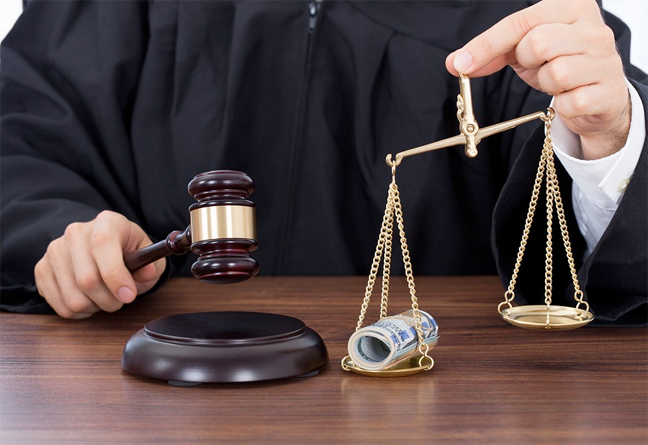 AdvertorialDecember 27, 2025Legal Wiz Jamaica
AdvertorialDecember 27, 2025Legal Wiz Jamaica General categoryDecember 27, 2025Jamaica postal codes across island
General categoryDecember 27, 2025Jamaica postal codes across island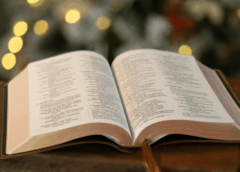 Raw and DirectDecember 25, 20252025 Christmas message with Anthea McGibbon
Raw and DirectDecember 25, 20252025 Christmas message with Anthea McGibbon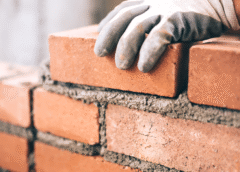 Raw and DirectDecember 21, 2025Ways to improve Jamaica: 51-60: after Melissa 2025
Raw and DirectDecember 21, 2025Ways to improve Jamaica: 51-60: after Melissa 2025



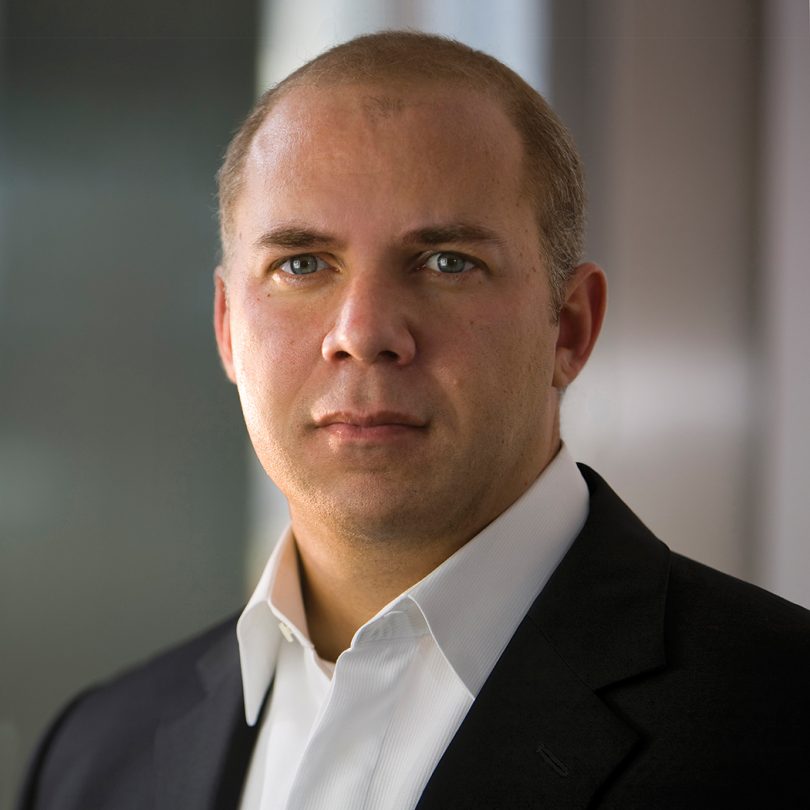
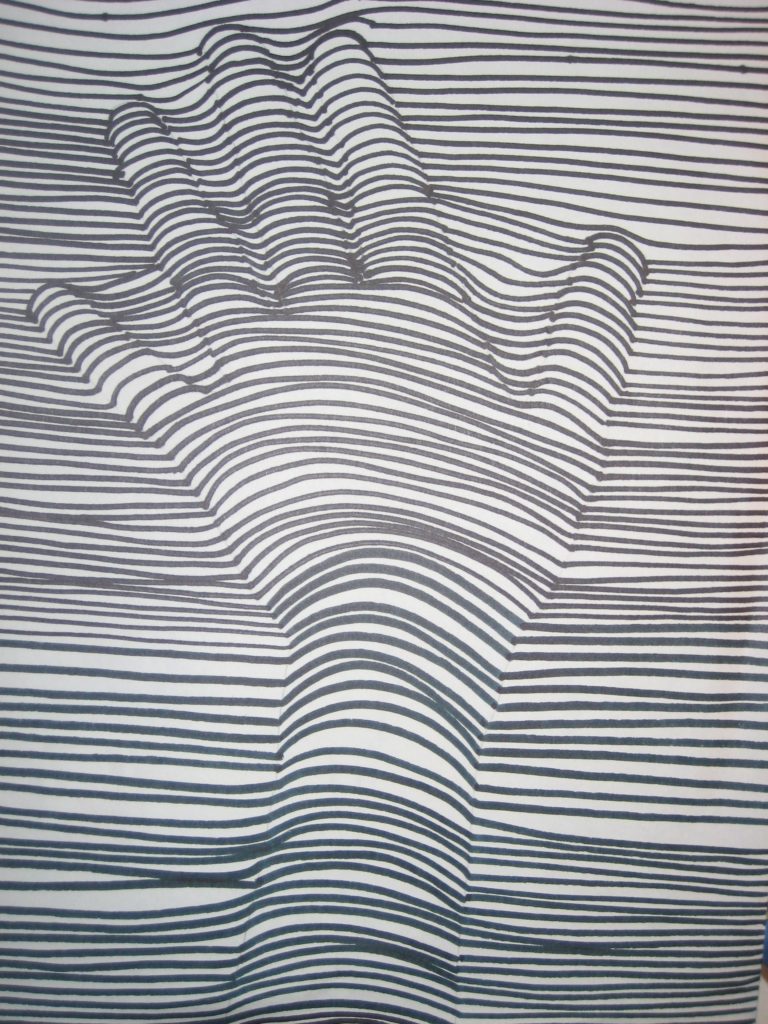

Nice article! One thing to add about forensic artists, especially in the US, you MUST be employed by a law enforcment agency. Most artists join an agency as a patrol officer, detective, etc, and then do forensic art assignments as they are needed.
Thank you Lisa. I appreciate your comments.
Keep connected and communicating. Please feel free to share in any way, as we in Jamaica as a third world country really do need access to all the infirmation we can get.
Anthea